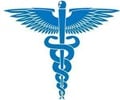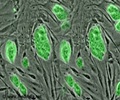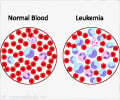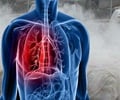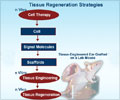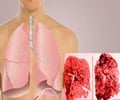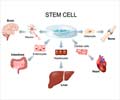A new study has revealed that adult stem cells have the ability to regenerate lung tissue after viral infection.
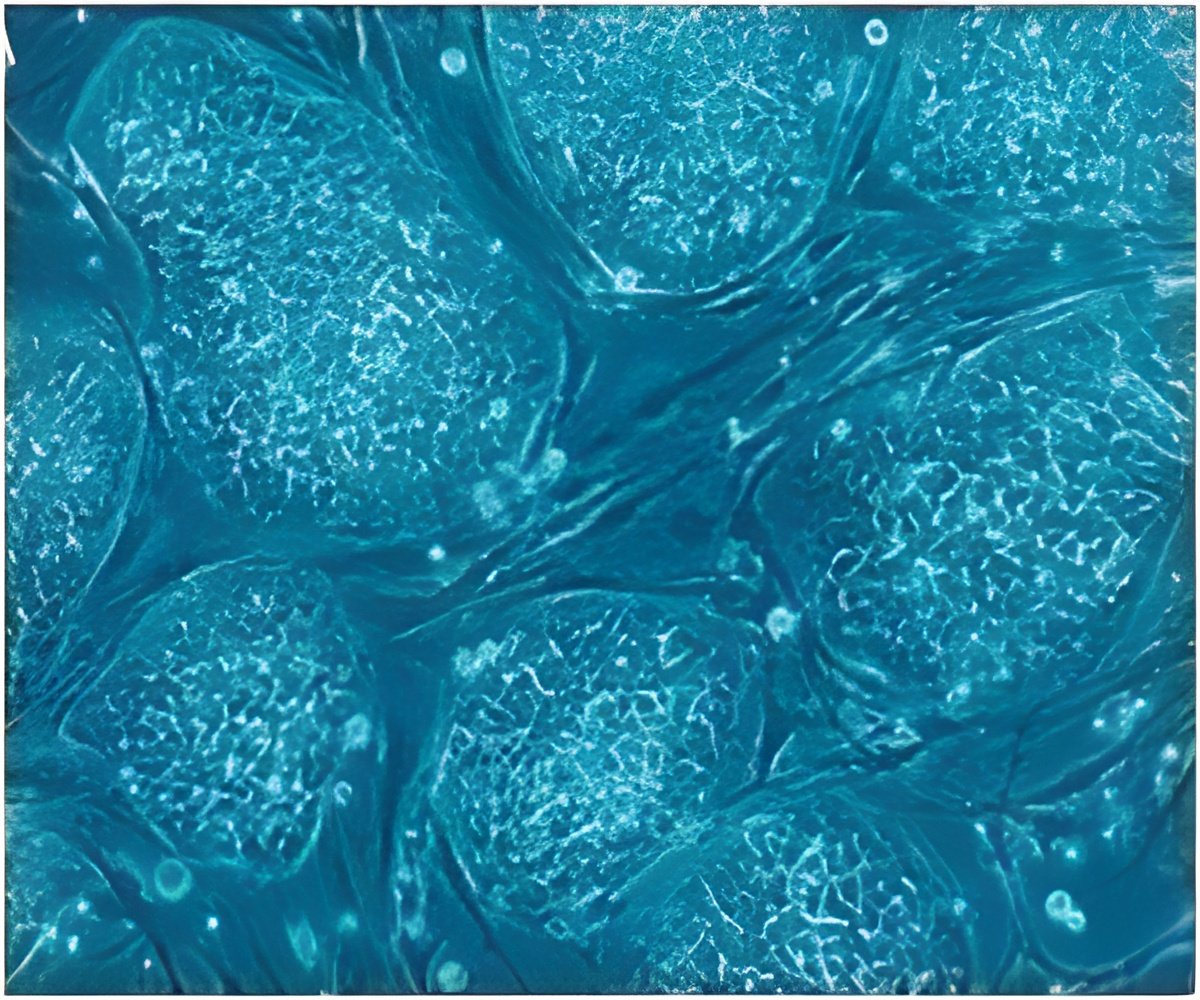
"This virus is as close as you can get to the one responsible for the 1918 influenza pandemic," said Frank McKeon of the Genome Institute of Singapore and the Harvard Medical School in Boston.
"You get massive lung damage, infiltration of white cells, and loss of lung tissues. Two months out, the lungs miraculously look normal again."
The current findings in mice provide evidence that our lungs are capable of true regeneration. Stem cells found along the surfaces of the airways (in the bronchiolar epithelium) proliferate rapidly in mice after viral infection and migrate to sites of damage.
Once there, the cells assemble into "pods" and switch on genes that identify them as alveoli, small hollow structures that are the sites of gas exchange in the lung.
McKeon and Wa Xian of the Institute of Medical Biology in Singapore and the Brigham and Women's Hospital in Boston were able to clone these same stem cells from human tissue.
Advertisement
That's even if stem cells per se are unlikely to help much in the case of emergent infectious diseases such as influenza.
Advertisement
Source-ANI

